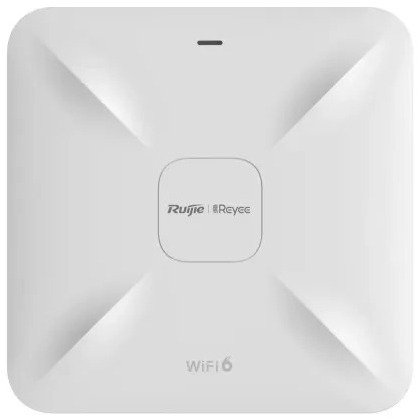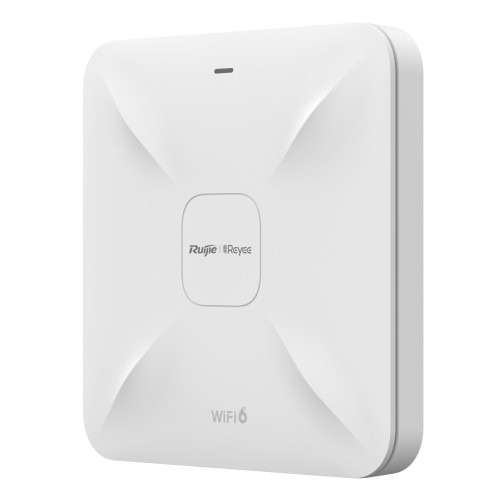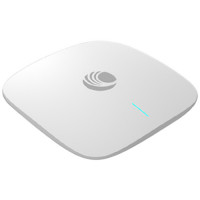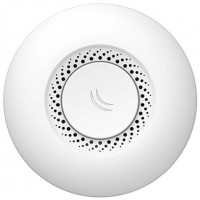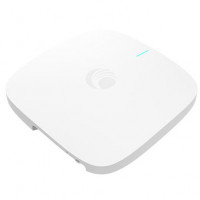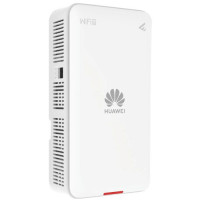Ruijie RG-RAP2260 AX1800 Wi-Fi 6 Ceiling Access Point





Full Specification
| Item | Wireless Access Point |
|---|---|
| Model | ✅ Ruijie RG-RAP2260 AX1800 |
| Antenna Placement | Internal |
| Number of Antenna | Built-in Omni-directional |
| Connectivity | Indoor |
| Band | Dual |
| Data Transfer Rate | 1800Mbps |
| Temperature | 0°C~40°C |
| Power Consumption | <15.3W |
| Weight | 0.56kg |
| Dimension | 220 x 220 x 35mm |
Description
This Ruijie RG-RAP2260 is a high-performance ceiling-mounted access point designed to provide excellent Wi-Fi coverage in various environments, such as offices, retail spaces, and educational institutions. With support for the latest Wi-Fi 6 (802.11ax) technology, it offers enhanced speed, capacity, and performance compared to earlier Wi-Fi standards.
Review by Bdstall
Some important aspects of the Ruiji RG-RAP2260 Ceiling Access Point are written below:
Dual-Band Performance: The RG-RAP2260 access point from Ruijie operates on both 2.4 GHz and 5 GHz bands. Dual-band ensures improved bandwidth management and reduced interference.
AX1800 Speed: With a maximum speed of 1800 Mbps, this access point can handle demanding applications such as video streaming, online gaming, and large file transfers for better & smooth user experience.
Enhanced User Capacity with Wi-Fi 6 technology: Its Wi-Fi 6 (802.11ax) technology allows the RG-RAP2260 for more simultaneous connections by allowing many users to be connected to the network at the same time.
Advanced Security Features: The access point has strong security protocols like WPA3. This security feature ensures that data transmitted over the network is protected from unauthorized access and potential threats.
Management & Monitoring: The access point can be managed via a centralized controller or cloud-based management system. IIT administrators can monitor performance, manage configurations, and troubleshoot issues remotely.
Power over Ethernet (PoE): The access point supports PoE. It simplifies the installation by allowing to receive power & data over a single Ethernet cable. Therefore to reduce the need for additional power sources.
The Ruijie RG-RAP2260 is suitable for a wide range of applications, such as:
- Enterprise Offices: Provides reliable connectivity for employees and guests.
- Education: Ensures learning environments with stable internet access for students & faculty.
- Retail: Supports point-of-sale systems & customer engagement applications.
- Healthcare: Offers secure and efficient communication within medical facilities.
Overall, the Ruijie RG-RAP2260 AX1800 ceiling access point is an excellent choice for organizations who are looking to upgrade their wireless structure to meet the demands of modern connectivity.

